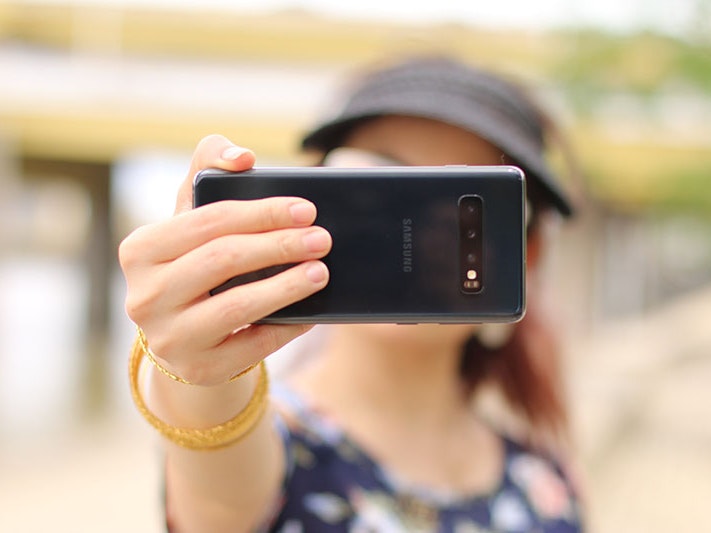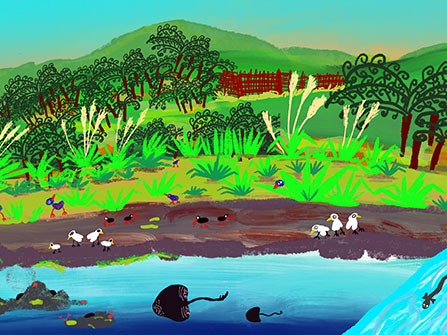
Rich task 1: Me, my selfie, and I
Examine a selfie portrait image and manipulate aspects of adornment to reflect on how identity is communicated.
Free museum entry for New Zealanders and people living in New Zealand
Open every day 10am-6pm
(except Christmas Day)
Free museum entry for New Zealanders and people living in New Zealand
Learners imagine the creative directions they could take in response to what they have learnt so far, developing their own criteria for success.
We are deciding what we will do next and creating our own plans for success.
Through these activities, learners will:
ideate imaginative, creative responses to what they have learnt so far
develop their own success criteria for the Create kete, so they know what they are doing, why they are doing it, and what ‘good’ will look like.
Student-centred responses are a vital part of authentic inquiry learning. The Create kete is the place where learners can develop their own responses to what they have learnt in the Explore kete. We’ve provided a smorgasbord of rich tasks for the Create stage, but it is equally awesome if you and your learners decide to do something entirely different. Either way, it is important that learners define for themselves why their creative response is meaningful, and what success will look like.
In this activity, learners ideate possible creative directions.
Use the insights that learners gathered in the Collating insights activity to inform the next steps. Ask learners to imagine as many different ideas as they can for what they could do next in response to what they have learnt so far, writing each idea down on a sticky note.
Ask a learner to read one of their ideas out, then if anyone else has a similar idea, it can be added to the same ‘idea island’. Continue this until all the notes have been read out.
By the end of this activity, ideas will be organised into thematic islands, giving some direction for the Create stage of inquiry. The whole class may choose to use the most popular idea island, or learners who brainstormed similar ideas can work collaboratively together. The smorgasbord of rich tasks here may help to refine some of the ideas that learners have suggested.
In this activity, learners define for themselves what they seek to achieve.
Before the learner-centred Create phase begins, it is vital that learners have a clear sense of what they are doing, why they are doing it, and how they will know that they’ve been successful. Co-constructing what success will look like means that learners have the chance to take ownership of what they are creating, and are more likely to be able to evaluate their own success.
Whether learners are embarking on a whole-class task, or whether they are heading off in multiple directions, there are a number of steps to take together first to ensure everyone has a shared understanding of the learning at hand:
start with discussing the outcome that is desired from the Create phase. What would you expect to be able to see, or evidence, at the end of this phase? Ask learners to describe it in as much detail as possible
now imagine stepping backwards from that ideal endpoint. What is the process that will take place to get there? What are the key features of that process that learners will be able to evidence?
take a look at some exemplar images and see if there are any further descriptors to add to either the process or the outcome.
Organise the success criteria, perhaps to show what could be demonstrated at different stages of the creative process (that is, what are the skills and competencies learners can evidence when they are researching, developing ideas, implementing them, and so on), or perhaps in relation to the capabilities that are being evidenced.
Use these criteria as a framework for learning-centred conversations as the inquiry progresses.

Examine a selfie portrait image and manipulate aspects of adornment to reflect on how identity is communicated.

Create a layered, artistic response to the story of the land beneath you and the community that surrounds you.

Inspire others with what you have done! Email us with your learning so we can celebrate and share your awesome mahi!